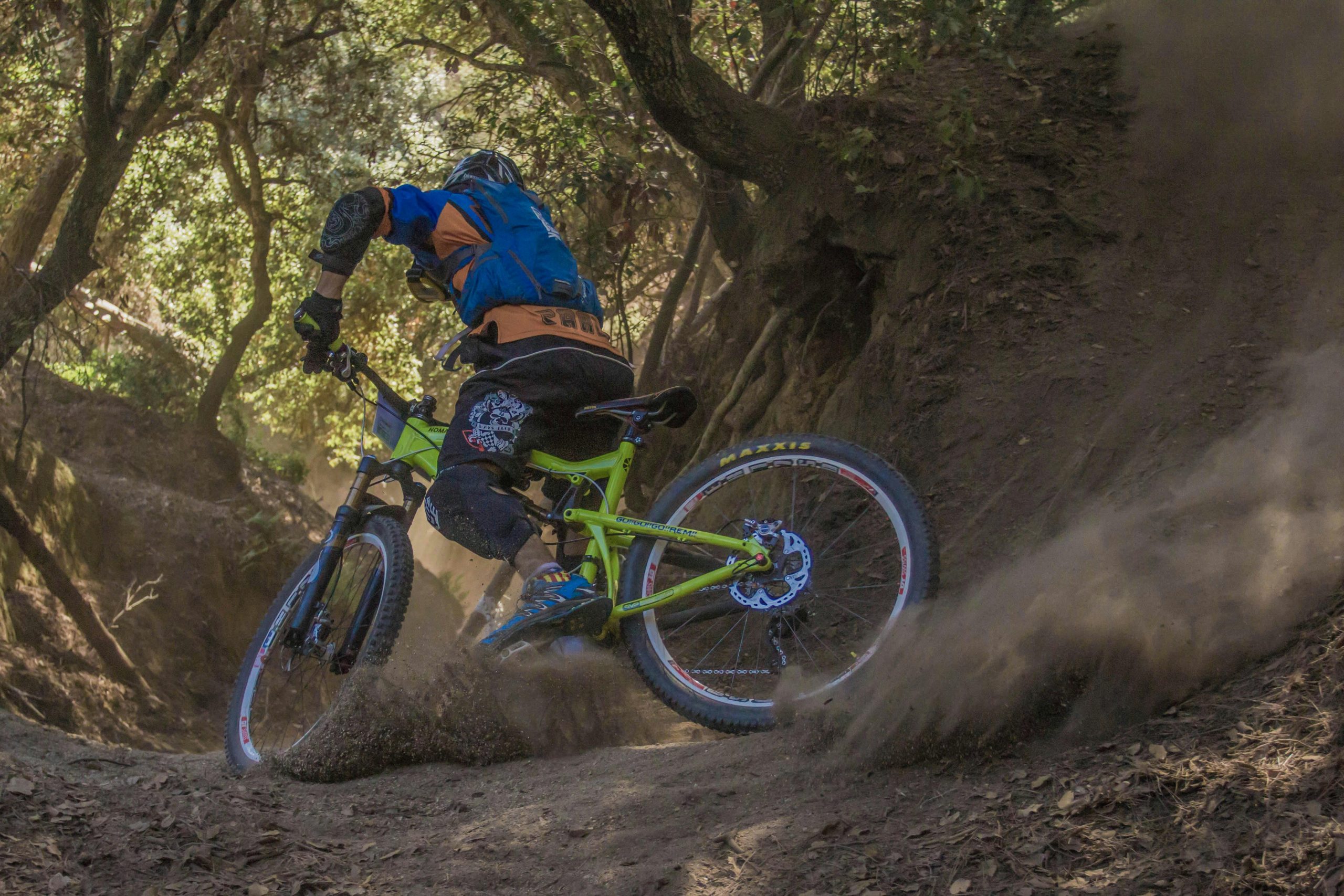Choosing the right mountain bike transforms every trail into an exhilarating journey. From agile hardtails to full suspension beasts, understanding types, features, and materials helps match your ride to your adventure. Whether tackling smooth cross-country paths or rugged descents, the best mountain bikes combine performance and comfort to elevate your off-road experience. Prepare to explore options tailored to skill, terrain, and budget.
Comprehensive Overview of Mountain Bikes: Types, Key Features, and Recommendations
Within the vibrant range of mountain bikes in Dubai, riders can find options for every style, skill level, and terrain. Mountain bikes usually fall into four categories: Cross-Country (XC) for fast, efficient rides on smoother trails; Trail bikes, balancing climbing ability with descending confidence for diverse adventure routes; Enduro models, built to handle technical descents and aggressive riding; and E-mountain bikes (e-MTBs), which integrate electric assistance to boost your experience on challenging tracks.
In parallel : What Are the Best Practices for Maintaining Your UK Sports Bike?
When comparing features, key elements include suspension design, tire tread and size, and frame material choice—most notably the debate between carbon and aluminum frames. Carbon offers a lightweight feel and responsive ride, ideal for competitive cyclists, while aluminum provides sturdy durability at a lower price, appealing to newcomers or those seeking budget-friendly off-road options.
Leading brands in this segment deliver bikes tailored for both men and women, ensuring frame geometry, suspension travel, and gear systems suit the environment of the UAE. Prioritizing the right model ensures a comfortable fit and maximizes enjoyment and control, making every off-road journey memorable.
Topic to read : What Factors Influence the Popularity of Cycling Competitions in the UK?
Essential Buying Guide: Selecting the Right Mountain Bike for Your Needs
Frame materials, sizing, and geometry essentials
Selecting durable bike frames is vital for off-road adventures, ensuring reliability on technical trail challenges. Carbon vs aluminum frames remain a popular debate — carbon delivers lighter weight for endurance and speed on rugged descents, while aluminum stays strong and budget-friendly for daily use. Frame geometry, including top tube length and stand-over height, directly affects bike fit and comfort. Using a size guide or expert advice ensures you minimize fatigue and avoid common beginner mistakes.
Tire selection, suspension types, and their impacts on performance
Choosing the right tires becomes critical for trail riding gear. Wide, knobby tires improve traction on mixed terrain, while tire pressure optimization adapts your bike for seasonal trail conditions and enhances comfort. Suspension types explained simply: hardtail bikes have front-only suspension for lighter weight and efficiency on smoother trails; full-suspension models offer front and rear absorption to handle rough descents and improve control.
Fit, safety gear, and preparation for first-time and returning riders
A proper bike fit maximizes stability and reduces injury risk. Prioritize mountain bike safety equipment such as helmets, protective clothing, and gloves suited to your ride. Ride planning and preparation, from hydration solutions for riders to trailside emergency protocols, are essential for every level. Always double-check setup, maintain your drivetrain, and review local trail etiquette for safe riding.
Advanced Techniques and Maintenance for Off-Road Adventures
Fundamental off-road techniques and ascending/descending strategies
Mastering off-road biking techniques greatly enhances safety and performance. Effective uphill riding involves maintaining a steady cadence and shifting weight forward to balance traction. For descents, adjust weight distribution techniques by lowering your center of gravity and positioning your body slightly behind the saddle, helping maintain control. These small changes in riding posture can improve overall bike handling—vital for technical trail challenges or rocky surfaces. New riders often overlook how significantly small posture adjustments can impact control, underlining the importance of constant learning and practice for both beginners and advanced cyclists.
Routine bike care: cleaning, drivetrain upkeep, and tire pressure optimization
Robust maintenance for rough terrain starts with routine bike wash and care. After each trail ride, wash off debris to prevent long-term wear. Chain care and maintenance require degreasing, drying, and applying lubricant, which keeps shifting smooth through mud and dust. Don’t forget tire pressure optimization—adjust to the terrain for better grip and comfort. The right tire pressure strengthens resilience on rough trails, supporting both performance and longevity.
Avoiding and addressing common mistakes on the trails
Beginner mistakes to avoid include skipping maintenance for rough terrain and neglecting proper chain care and maintenance. Regular attention to these practices and learning improving bike handling drills will help minimize repairs and boost riding confidence.
Support, Accessories, and Resources for Mountain Biking Enthusiasts
Top accessories and gear for trail performance and rider comfort
High-quality essential bike accessories can dramatically improve your time on the trails. Durable bike frames, powerful lighting essentials, and protective clothing recommendations remain priorities for both safety and comfort. Storage solutions for biking gear, including hydration pack reviews, ensure you’re prepared for different journey lengths. Trail riding gear, such as customizable bike builds and repair kits for trailside fixes, addresses maintenance on rugged terrain. Suitable bikepacking essentials offer practical packing options for longer rides, helping avoid common riding injuries and ensuring equipment longevity.
Navigational tools, group riding basics, and hydration strategies
Trail navigation devices and digital apps for trail mapping empower riders to explore with confidence. GPS tracking for bikers, coupled with weather considerations for biking, simplifies trip preparation, especially in unknown areas. Practising group ride etiquette – signaling intentions, spacing, and pace management – builds safety and camaraderie. Hydration solutions for riders range from classic bottles to advanced hydration packs, which are vital for managing fatigue and optimizing performance, especially during cycling endurance training or extended technical trail challenges.
Local trail recommendations and resources for further learning and community support
Exploring popular trail destinations supports skill progression and community interaction. Engaging with mountain biking community events or reviewing local trail reviews helps identify terrain that matches your interests and ability. Off-road biking techniques, expert mountain biking guides, and ride planning and preparation resources enhance both enjoyment and rider knowledge, powering your journey from beginner to advanced skill levels.




